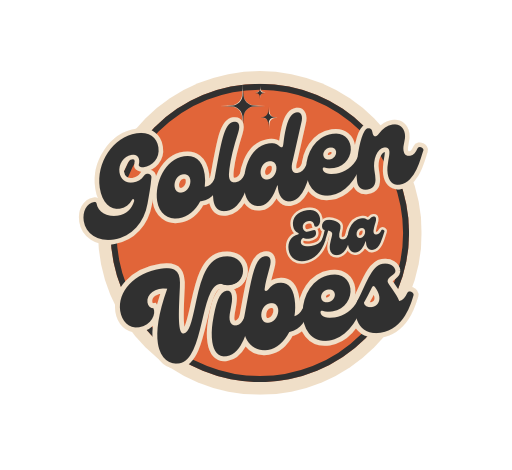23 Incredible Moments Made For The Millennials

Remember those one-of-a-kind experiences that feel like they could only happen to our generation? As a millennial who’s navigated everything from dial-up tones to TikTok trends, I’ve gathered a collection of moments that truly define our shared journey.
These aren’t just memories—they’re cultural touchstones that shaped how we see the world, communicate, and even laugh. From burning mix CDs to surviving Y2K panic, growing up with AIM away messages, and watching Saturday morning cartoons fade into streaming queues, each moment carries a flavor of nostalgia only millennials truly understand.
In this post, we’ll take a heartfelt stroll down memory lane, revisiting the quirky, awkward, and unforgettable experiences that helped mold our identity.
Whether you’re reminiscing about the early internet or your first flip phone, these classic millennial moments are sure to bring a smile—and maybe a few “remember when” texts to your old group chat.
1. The Dial-Up Internet Symphony

That screeching, static-filled melody still haunts my dreams! Nothing defined early internet experiences like the dial-up connection sound. I’d sneak onto the computer late at night, desperately trying to muffle the modem with pillows so my parents wouldn’t catch me.
We’d wait eternally for websites to load, one painstaking pixel at a time. Remember when someone picked up the phone mid-download and destroyed your 30-minute progress? Absolute devastation!
Those dial-up days taught millennials the true meaning of patience—waiting 15 minutes for a single song to download on Napster. Our modern complaints about buffering for three seconds seem ridiculous in comparison to our digital dark ages.
2. The Tamagotchi Tragedy
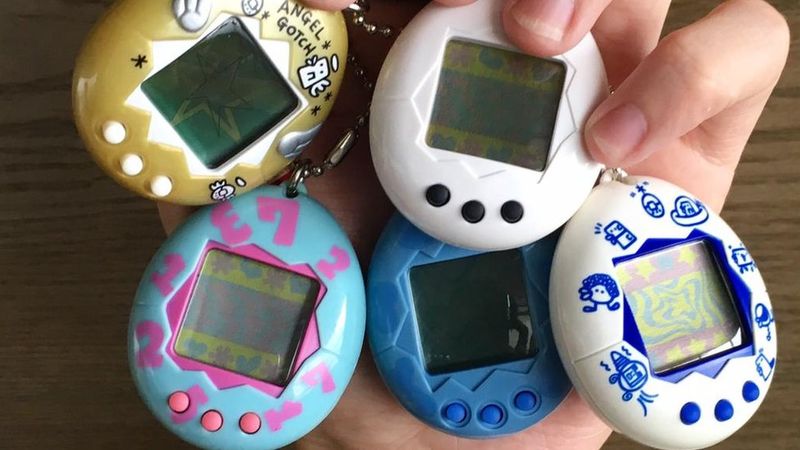
My poor digital pet met its demise during Mrs. Peterson’s math class. Banned from checking it during school hours, I returned to find a tombstone on the tiny screen. Talk about childhood trauma!
Tamagotchis represented our first foray into digital responsibility. Feeding, cleaning, and playing with these pixelated pets taught us time management before we even had real responsibilities. The constant beeping for attention was both annoying and oddly satisfying.
Every millennial has a Tamagotchi story—the one we kept alive for weeks, the one that died during a family vacation, or the collection dangling from our backpacks. These little egg-shaped devices were our generation’s introduction to digital anxiety.
3. AIM Away Messages as Art Forms
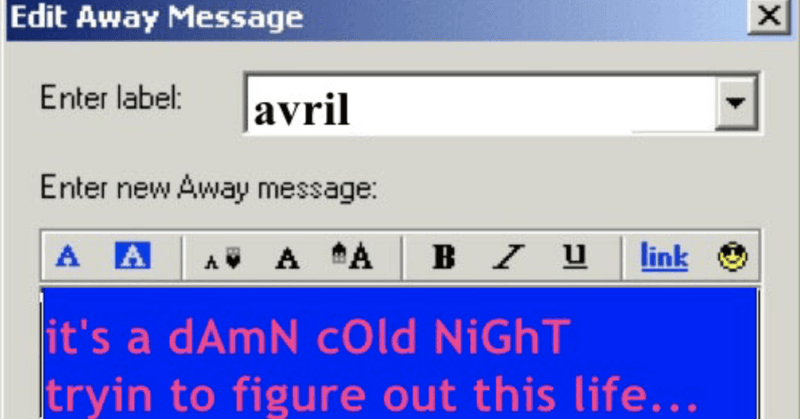
Crafting the perfect away message was serious business. I’d spend hours selecting song lyrics that subtly hinted at my crush while maintaining plausible deniability. “brb” never actually meant “be right back”—it meant “I’m here but pretending not to be.”
The away message became our first social media status update. That carefully curated Dashboard Confessional lyric spoke volumes about our emotional state without saying anything directly. The passive-aggressive possibilities were endless!
Our buddy lists were meticulously organized, and the sound of that door creaking open when your crush came online? Pure dopamine. AIM taught millennials the delicate art of online presence management long before “personal branding” became a LinkedIn buzzword.
4. The Great Blockbuster Friday Night
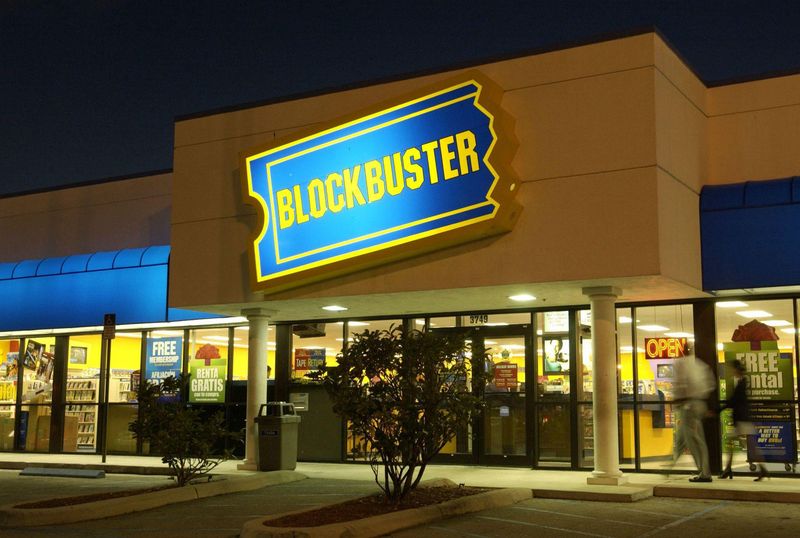
Friday nights meant one thing: the family pilgrimage to Blockbuster. I still remember the pressure of choosing the perfect movie while Dad impatiently jingled his keys. The disappointment when all copies of the new release were gone? Crushing!
The late fee anxiety was real. Finding that forgotten rental under the couch cushion after two weeks sparked genuine panic. “Be kind, rewind” wasn’t just a slogan—it was the social contract of our video-watching society.
Wandering those aisles, reading the back of DVD cases, and grabbing a box of overpriced candy created an experience Netflix can never replicate. Blockbuster wasn’t just a store; it was a millennial weekend ritual that defined our pre-streaming entertainment landscape.
5. The MSN Messenger Revolution
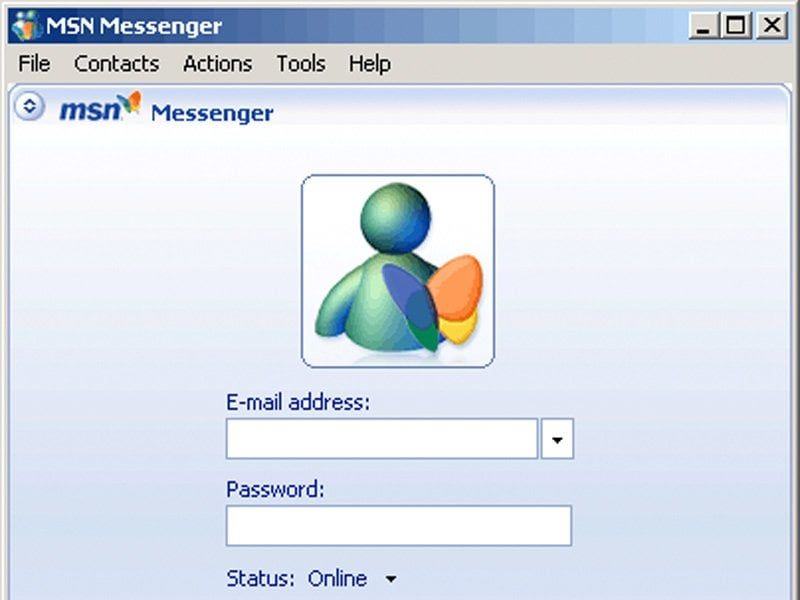
Nuggs♥♥♥ has entered the chat. Username creativity peaked during the MSN Messenger era when I cycled through increasingly cryptic display names. My parents remained blissfully unaware that my “homework research” was actually hours of chat room debates and emoji warfare.
Those custom emoticons we painstakingly created became our personal brand before we knew what personal branding was. The thrill of the “nudge” feature that shook your friend’s entire screen was unmatched power.
Status messages became an art form—switching from “available” to “busy” when certain people logged on was early social engineering. MSN Messenger wasn’t just communication; it was our first digital social playground where we developed the online interaction skills we now take for granted.
6. The MySpace Top 8 Drama
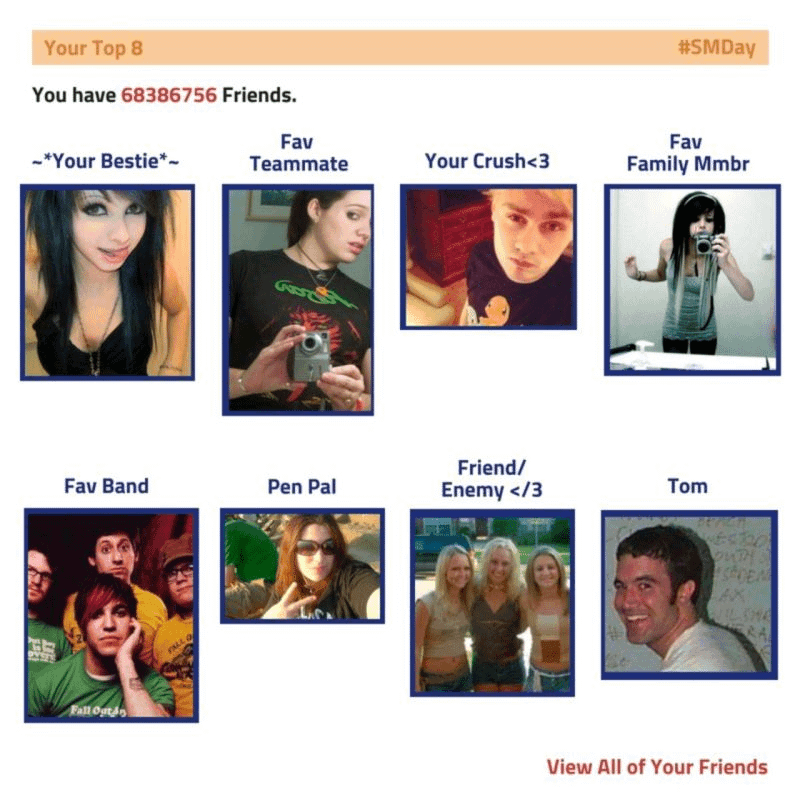
Friendship hierarchies became terrifyingly visible with MySpace’s Top 8 feature. I still remember Jess’s tearful phone call after I demoted her to position #3 behind my new lab partner. Social politics had never been so public!
Customizing your profile was a digital declaration of identity. Hours spent hunting for the perfect background code, choosing songs that represented your soul, and angling your selfies just right for that perfect profile pic. HTML became our second language.
The strategy behind profile views was next-level. We’d carefully time our visits to crush’s pages so we wouldn’t appear desperate. MySpace wasn’t just a platform; it was our first lesson in digital social dynamics—a crash course in online reputation management before we even had careers to worry about.
7. The Harry Potter Midnight Release Parties
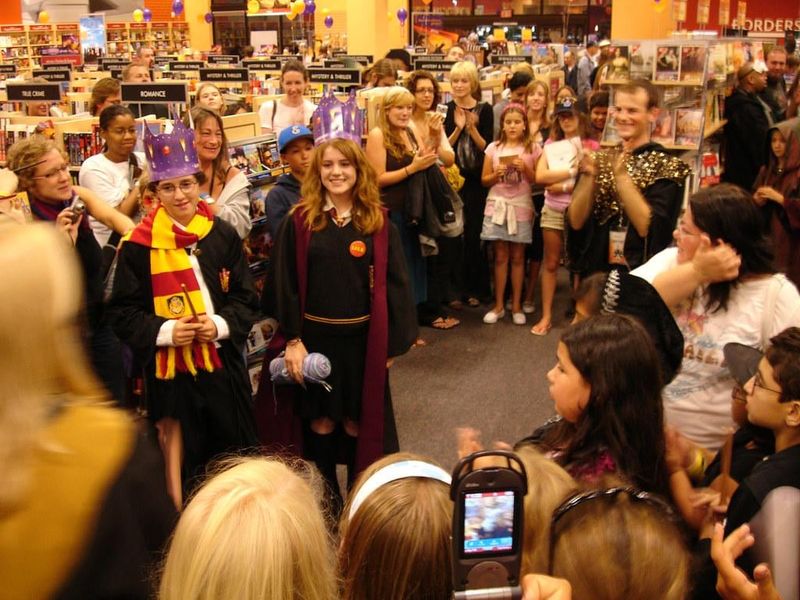
Dressed in my hand-sewn Gryffindor robes at age 14, I waited in line for six hours to get my copy of “Half-Blood Prince.” Nothing bonded millennials like debating Snape’s true allegiance while sleep-deprived at 3 AM after a book release.
These weren’t just book launches; they were cultural phenomena. Bookstores transformed into Hogwarts, complete with sorting ceremonies and butterbeer. We’d race home and read until sunrise, desperate to avoid spoilers at school the next day.
Harry Potter wasn’t just a series—it was our generational touchstone that grew up alongside us. From childhood wonder to teenage angst to adult retrospection, these midnight release parties marked the chapters of our own coming-of-age stories in a way no other generation will experience with literature.
8. The iPod Scroll Wheel Mastery
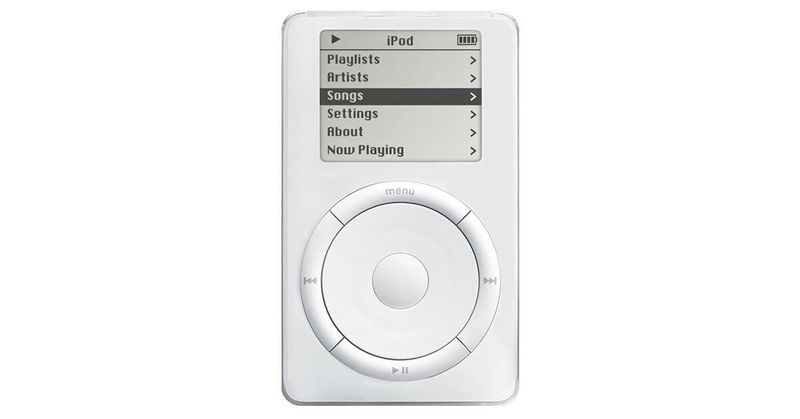
Achieving perfect thumb dexterity with the iPod scroll wheel was a millennial superpower. I could navigate to any song in my 1,000+ library without looking—a skill entirely useless today but once my greatest party trick.
Creating the perfect playlist was serious business. Each mix was carefully curated to convey specific emotions, with strategic song ordering that could make or break the vibe. The clickwheel’s satisfying tactile response made music selection feel like an art form.
Remember the thrill of uploading your entire CD collection? The white earbuds became our generation’s status symbol—both fashion statement and declaration that we’d embraced the digital music revolution. The iPod didn’t just change how we listened to music; it changed how we identified with it.
9. The Facebook Wall-to-Wall Flirtation

Before DMs existed, public wall posts were our flirting battlefield. I’d spend 45 minutes drafting a casual “hey what’s up” comment that conveyed exactly the right amount of interest without seeming desperate. The strategy was complex!
Remember when Facebook was exclusively for college students? That .edu email requirement made it feel like an exclusive club. The excitement of getting that first friend request from your crush was unmatched—followed by hours of photo album stalking.
Wall-to-wall conversations created a public performance of private connections. Friends could watch your flirtation unfold in real-time, offering commentary and advice. Facebook wasn’t always the problematic uncle of social media—it was once our generation’s digital romance playground.
10. The Motorola Razr Flip Phone Glory
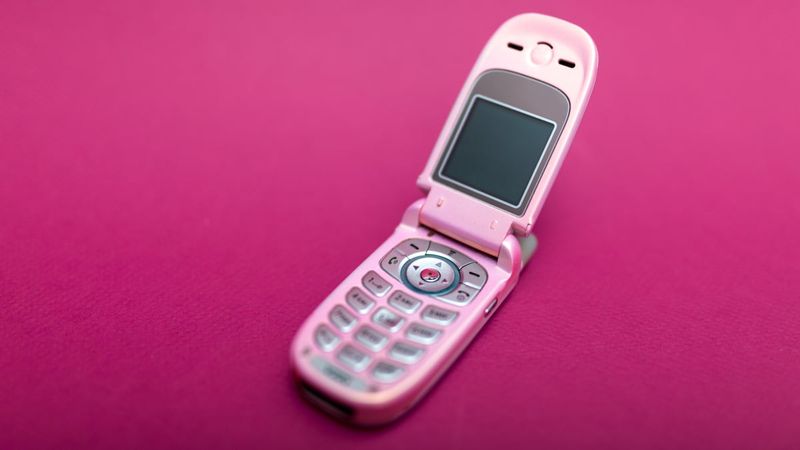
Slapping that Motorola Razr shut after a dramatic conversation provided satisfaction no smartphone can match. I saved for six months to buy mine in hot pink—a decision that defined my social standing junior year.
The T9 texting talent we developed was extraordinary. Without looking, my thumbs could type out full paragraphs at lightning speed. Try explaining to Gen Z how we navigated “press 7 four times for ‘s'” and still managed to maintain rapid conversations!
Remember customizing ringtones for different contacts? That personalized MIDI version of “Toxic” for your bestie and a generic beep for your parents. The Razr wasn’t just a phone; it was our generation’s first true status symbol—thin, sleek, and impossibly cool in a way that made flip phones briefly cooler than smartphones.
11. The Limewire Russian Roulette

Downloading music was an extreme sport. I thought I was getting Britney’s latest hit but ended up with either: a) weird techno remixes, b) Bill Clinton voice clips, or c) viruses that destroyed the family computer. Sorry about that, Dad!
The thrill of building your MP3 collection came with genuine risk. We’d wait hours for songs to download at 3 KB/s, only to discover it was completely mislabeled. Yet somehow, these digital treasure hunts made the music more valuable.
Limewire taught millennials important life lessons about risk assessment, patience, and the consequences of getting something for nothing. Every successfully downloaded song felt like a personal victory against the system—a small act of rebellion through questionable file-sharing that shaped our views on digital ownership.
12. The Homestar Runner Quotable Moments
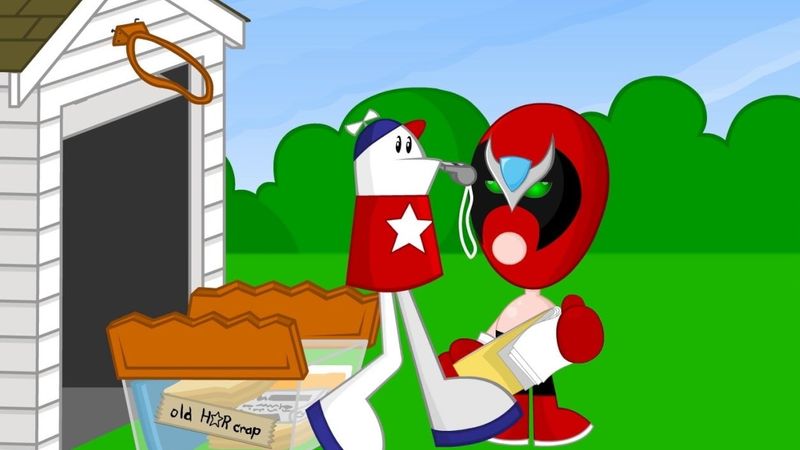
“TROGDOR!” randomly shouted across high school hallways instantly identified fellow Homestar Runner fans. My friends and I communicated almost exclusively in Strong Bad email quotes for an entire semester. The teachers were concerned.
Flash animation websites were our YouTube before YouTube. Waiting for new Strong Bad emails to drop was the highlight of computer lab time. We’d huddle around a single monitor, trying not to laugh too loudly at Teen Girl Squad’s latest misadventures.
Homestar Runner wasn’t just entertainment; it was inside-joke currency. Dropping a perfectly-timed “Burninating the countryside” reference could elevate your social status instantly. This bizarre corner of internet humor shaped millennial comedy sensibilities in ways that continue to influence our meme culture today.
13. The Neopets Digital Economy Lessons
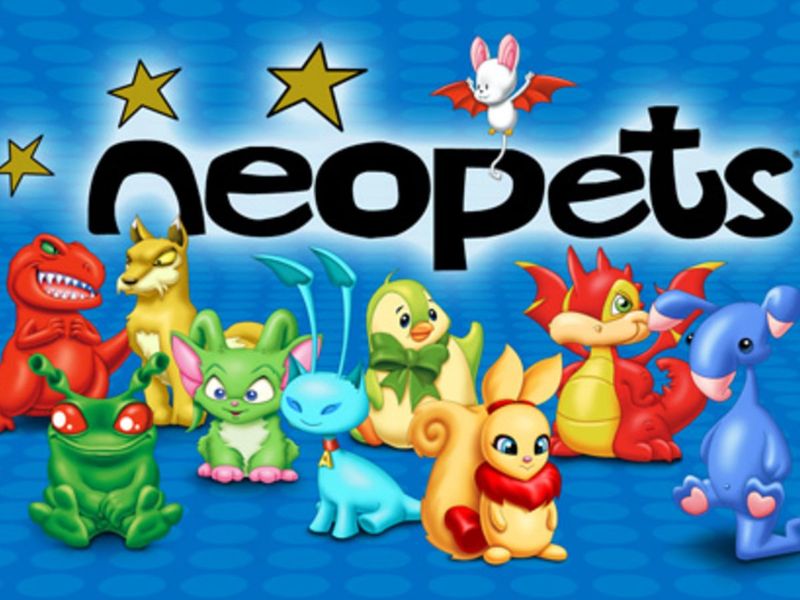
My virtual pet shop empire taught me more about economics than any class. I’d wake up at 5 AM to catch the Neopets stock market opening or snag rare items at the exact moment shops restocked. The dedication was intense!
Coding my shop layout with HTML was my first tech skill. Those gaudy glitter graphics and auto-playing MIDI files seemed like the height of web design sophistication. The Neopoints grind was real—playing endless games of Meerca Chase for hours to afford that perfect paintbrush.
Neopets wasn’t just a game; it was financial literacy training wheels. We learned about supply and demand, investment strategy, and marketplace competition through colorful virtual pets. Many millennial entrepreneurs probably trace their first business instincts back to their carefully managed Neopian economies.
14. The Sidekick Phone Text Revolution
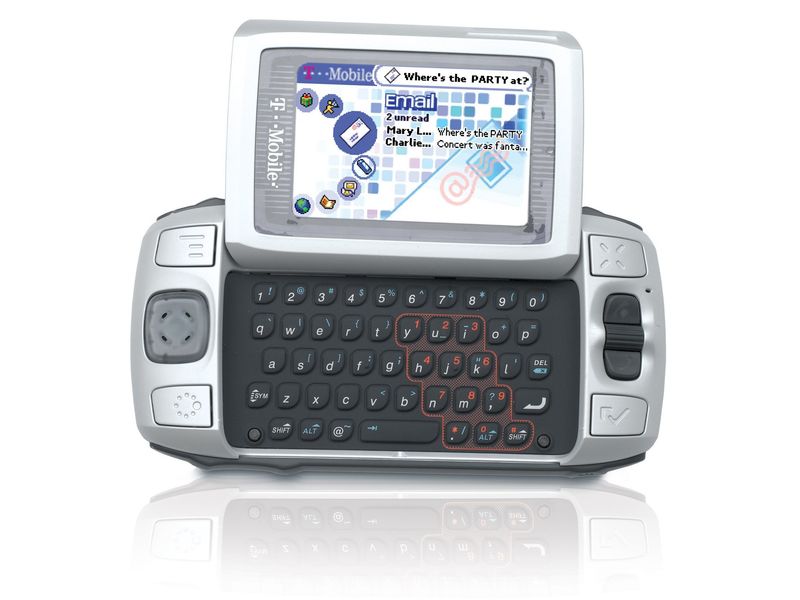
Flipping open that Sidekick keyboard with a satisfying snap made me feel like a tech spy in a world of basic flip phones. The physical QWERTY keyboard transformed texting from tedious to addictive overnight.
Group chats exploded with the Sidekick. Suddenly we could maintain multiple conversations simultaneously, developing the multitasking communication skills that would define our generation. The trackball navigation was oddly satisfying—a tactile experience lost to touchscreens.
Remember the status symbol of the swiveling screen? That dramatic flip became signature millennial body language. The Sidekick wasn’t just a phone; it was the bridge between basic mobile communication and our smartphone-dominated future. It gave millennials a taste of always-connected social life that would soon become the norm.
15. The Xanga Self-Expression Laboratory

My Xanga blog was basically a public diary where I posted cryptic song lyrics and moody self-portraits. Looking back at my “deep thoughts” posts makes me simultaneously cringe and feel nostalgic for that unfiltered teenage authenticity.
The eProps system created a whole social economy of validation. We’d strategically time our posts for maximum engagement and obsessively check who had visited our pages. Those little footprint icons showing visitors created both excitement and anxiety.
Custom themes became personal branding before we knew what that was. The hours spent tweaking HTML to get the perfect layout with the right balance of emo lyrics and glitter graphics wasn’t wasted time—it was digital identity formation. Xanga gave millennials a canvas for self-expression that shaped how we present ourselves online even today.
16. The Unforgettable AOL CD Bombardment
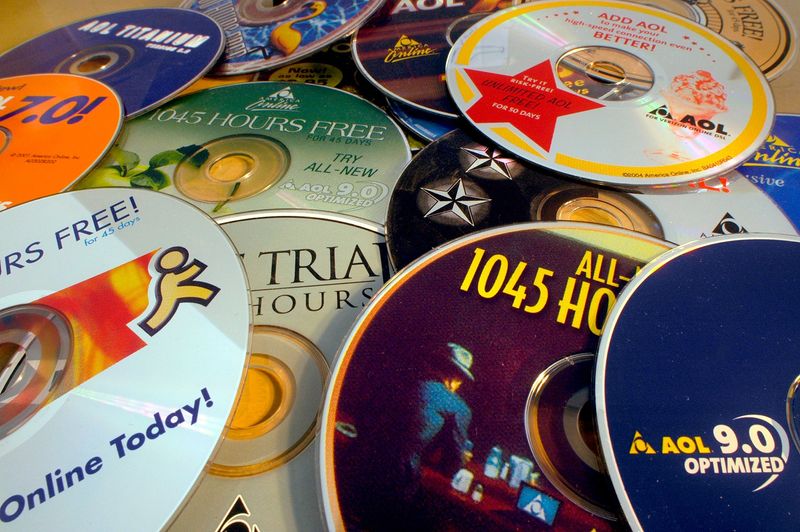
Our mailbox overflowed with those shiny AOL trial CDs weekly. My mom would toss them directly into the trash, but I rescued dozens to create a glittering wall decoration. Who knew junk mail could become bedroom decor?
Those 1,000 free hours seemed like infinite internet at the time. The marketing persistence was unmatched—CDs arrived taped to magazines, handed out at malls, and mysteriously appearing everywhere like digital dandelion seeds.
Looking back, those AOL CDs represented the internet’s awkward teenage years—desperate for attention and trying too hard to be cool. For millennials, they were both annoyance and opportunity, often serving as our first gateway to the online world. Now they’re vintage collector’s items—the ultimate millennial irony.
17. The Dramatic AIM Door Slam

Few sounds triggered more millennial emotion than the AIM door slam. That distinctive “goodbye” effect meant someone had either dramatically exited a conversation or your crush had finally logged on. The rush was indescribable!
Chat etiquette was complex social choreography. The delicate balance of response timing—too quick seemed desperate, too slow seemed disinterested. We’d minimize windows to appear busy while actually staring at the conversation, calculating the perfect reply time.
Screen names revealed everything about our personalities. From xXskateboarderXx to soccergirl2000 to song lyrics with strategic underscores, these digital identities were carefully crafted personas. AIM wasn’t just messaging; it was our generation’s first foray into digital identity creation—a primitive version of the personal branding we now navigate daily.
18. The Devastating Napster Shutdown
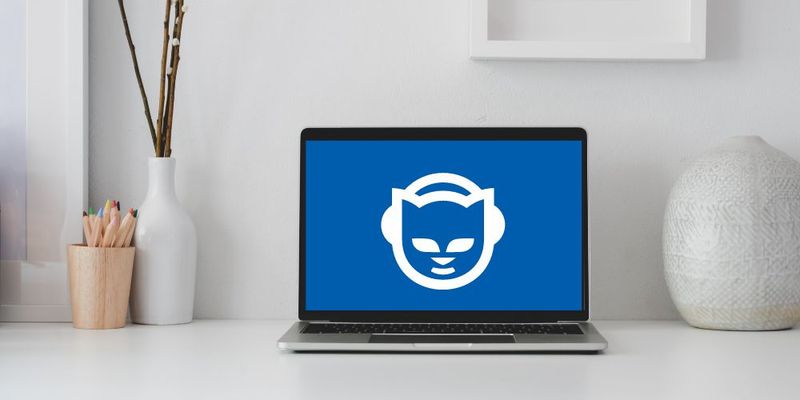
The day Napster died felt like digital apocalypse. My carefully curated music collection of 1,500+ songs vanished overnight! I’d spent months downloading rare live versions and B-sides at painfully slow speeds, only to have it all disappear.
Napster represented millennial rebellion against overpriced CDs. Why pay $18 for an album with two good songs? The platform democratized music access before streaming was even conceived. The legal battles made evening news, introducing us to concepts of digital ownership and copyright.
We pivoted quickly to alternatives like Kazaa and Limewire, but nothing matched the original’s community feel. Napster wasn’t just file-sharing; it was our generation’s first experience with both digital abundance and its fragility—a lesson in how quickly online spaces can disappear.
19. The Oregon Trail Computer Lab Frenzy

Finishing assignments early meant one thing: precious Oregon Trail time! I’d rush through math worksheets just to experience the thrill of digital dysentery. Computer lab days were the highlight of elementary school.
The strategy debates were intense. Should we spend money on bullets or medicine? Ford the river or pay for the ferry? These life-or-death decisions taught us resource management before we could spell “economics.”
The shared trauma of family members dying from snake bites and cholera created a strange generational bond. We’d gather around monitors to witness each other’s digital tragedies. Oregon Trail wasn’t just a game; it was millennial survival horror disguised as educational software—our first taste of how unfair and random life could be, delivered through chunky green text.
20. The Perfect AIM Profile Crafting
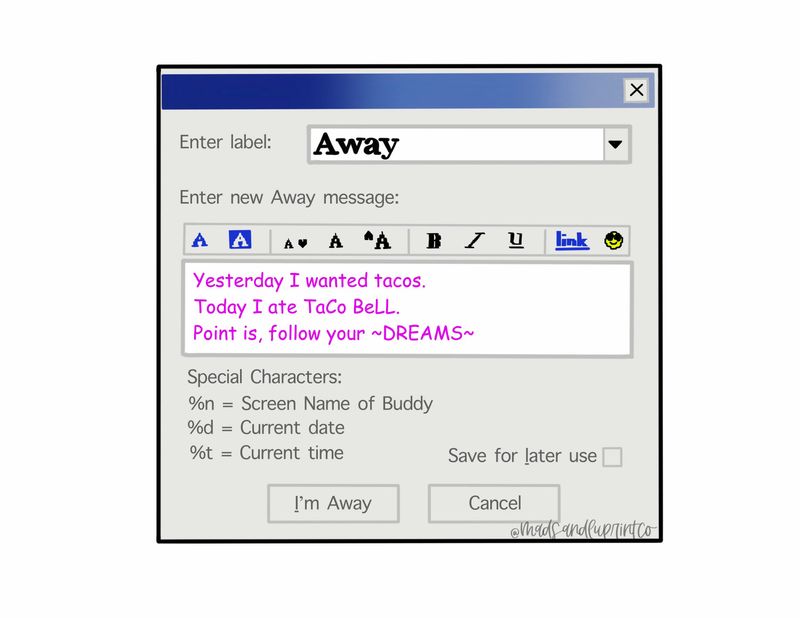
My AIM profile was basically my soul in digital form—a carefully curated collection of Dashboard Confessional lyrics that hinted at my crush without being too obvious. I’d update it hourly depending on my mood swings.
The bio section became poetry space, personal journal, and passive-aggressive message board all in one. Friends knew to check profiles for relationship status updates before asking awkward questions. The colored text and font choices were critical personality indicators!
Remember those chain messages we’d copy-paste? “Put this in your profile if you have the best friends in the world.” Silly, yet somehow meaningful social validation. AIM profiles weren’t just online spaces; they were millennial mood rings—constantly changing digital expressions that documented our emotional journey through adolescence.
21. The Majestic Scholastic Book Fair

Book fair week transformed the school library into a literary wonderland! I’d clutch my envelope of carefully saved allowance money, agonizing over which treasures to take home. The pressure to choose wisely was immense.
Those shiny holographic bookmarks, scented erasers, and pencils with toppers were more tempting than the books themselves. My strategy involved circling everything in the preview flyer, then narrowing down based on available funds. The disappointment when a coveted title sold out was devastating.
Remember those pointer fingers and spy pens? Pure status symbols. The book fair wasn’t just about reading; it was our first independent shopping experience—a crash course in budgeting, prioritization, and the crushing reality of economic limitations. No adult shopping experience has ever matched that childhood excitement.
22. The Devastating Nokia Snake Addiction
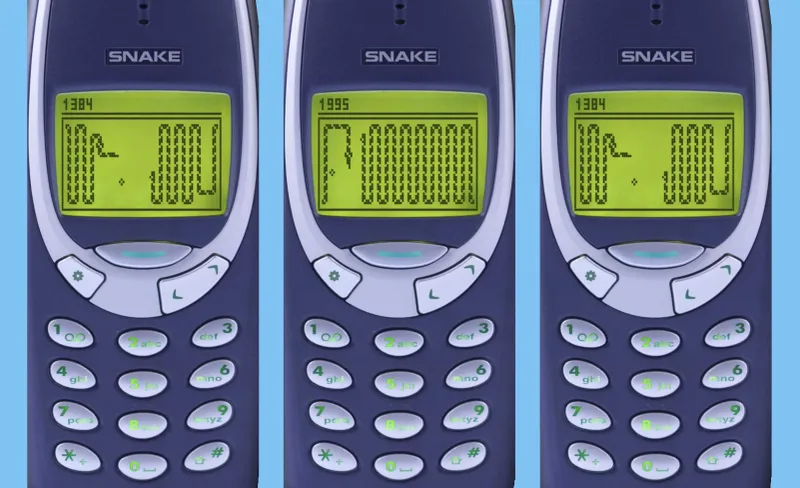
Snake on Nokia phones consumed entire lunch periods. My personal best was 47 segments—a record that earned me temporary celebrity status in sophomore year. I’d play under my desk during classes, developing a sixth sense for when teachers approached.
The controls were beautifully simple yet maddeningly precise. One wrong move and your snake devoured itself in digital cannibalism. The tactile satisfaction of those chunky Nokia buttons can never be replicated by touchscreens.
Battery life seemed infinite compared to today’s smartphones. You could play Snake for hours and still have enough power to make calls for days. Nokia Snake wasn’t just a game; it was millennial meditation—a hypnotic, repetitive challenge that trained our reflexes and taught us that sometimes simplicity creates the most addictive experiences.
23. The Formative Geocities Website Creation
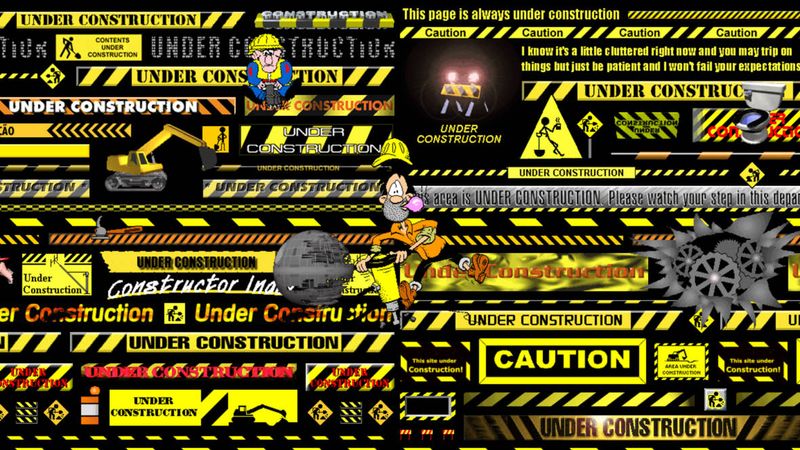
My Geocities page dedicated to Leonardo DiCaprio was my first digital masterpiece. I spent weeks perfecting those auto-playing MIDI files and animated GIF backgrounds. The visitor counter prominently displayed “14” for months—mostly visits from me checking my own work.
Learning HTML through trial and error gave us coding foundations. Remember the thrill of seeing your changes actually work after hours of tweaking tags? The “Under Construction” GIFs bought us time while we figured out what to do with all those empty pages.
Neighborhoods like “SunsetStrip” and “TimesSquare” organized this digital frontier into communities. Geocities wasn’t just free web hosting; it was millennial digital homesteading—our first chance to stake a claim in cyberspace and declare “this corner of the internet is mine,” complete with flaming text and dancing baby animations.
